Jurema Sagrada
19:54
The Sacred Jurema Plant. Afro Brazil. Amerindian Cultures. Quilombo Cultural Malunguinho. The Jurema People National Conference. Alexandre L’Omi L’Odò & Ricardo Nunes. Quilombo do Catucá. Pernambuco state. Thousands of years of Jurema traditions. 12 years of ceremony. Over 2 thousand people at the ritual
The Sacred Jurema
The acacia can be found all over the world, but these particular species - Mimosa Tenuiflora or Mimosa Nigra – bloom in the region identified in maps as the states of Paraíba, Pernambuco, and Rio Grande do Norte. Everything that grows in the Brazil’s agreste and sertão regions must have profound roots in order to fetch water for survival. In these areas of the country, long roots have sustained 200-plus-year-old trees and kept a secret that has resisted through thousands of years of knowledge.
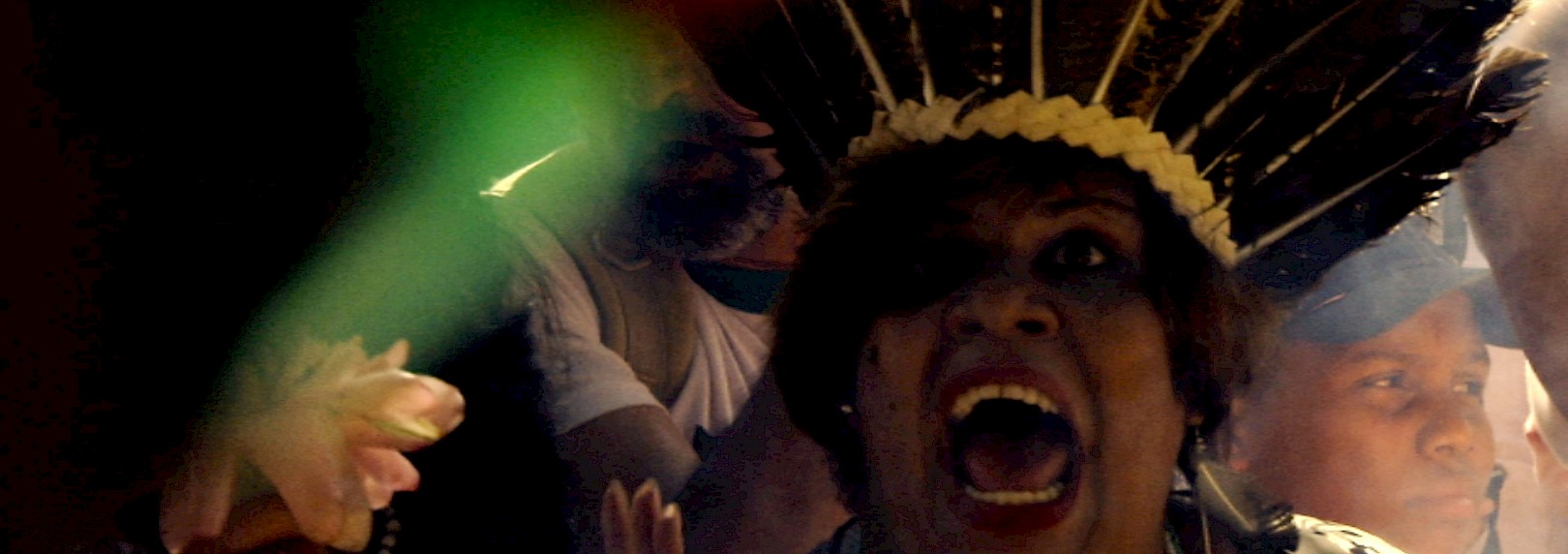
“A leaf fell off the Jurema
And the dew made it moist
And then and then
Came the sun to dry it out
And the Jurema bloomed into a flower”
Resistance song at Jurema Sagrada
Combined with the roots, there are also: bark, honey, ginger, spearmint, clove, cinnamon, and mysteries from beyond. If specialists say the drink doesn’t cause for transformation, and if books can’t make sense of Jurema, then ritualistic experience can reveal the reasons why this plant has been a Sacred symbol for the millenarian Amerindian knowledge. It’s Catimbó. Indigenous technology, this is an ancient bridge built by the Tabajara, Potiguar, and Cariri peoples.
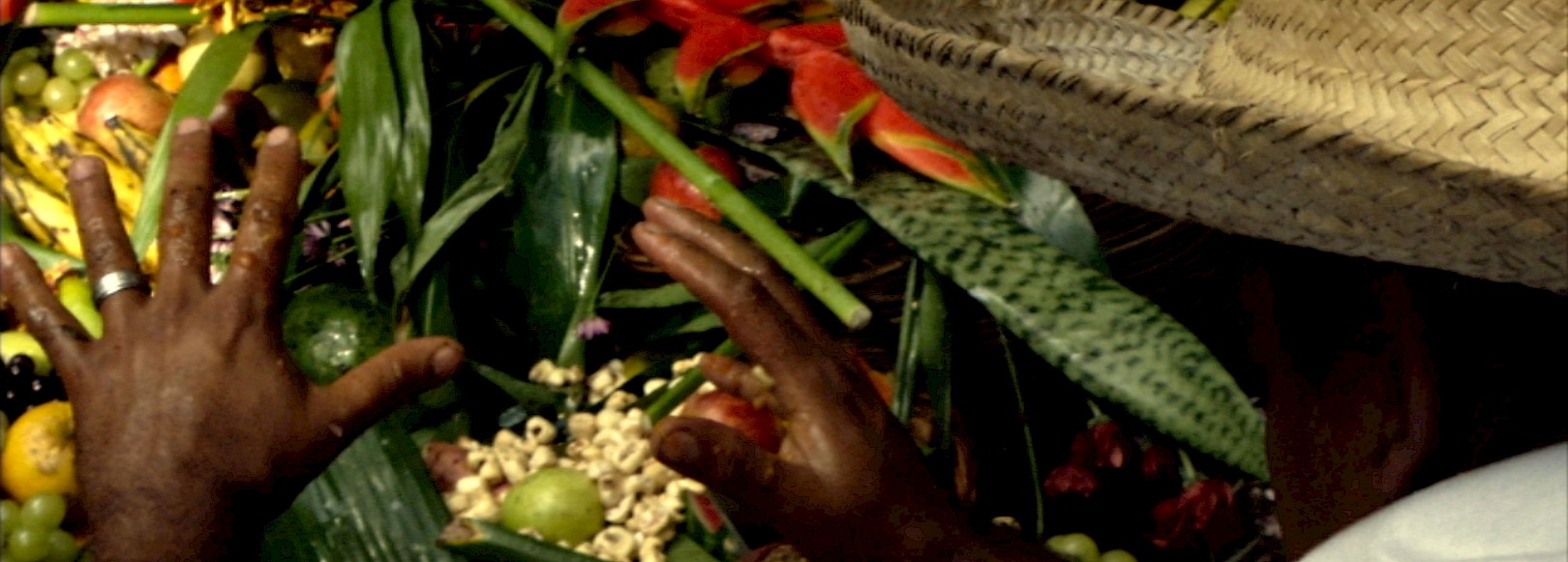
“We drink from the Jurema root
in order to reach another world,
and so that this other world
can also reach us”
Alexandre L’Omi L’Odò
Alexandre L’Omi L’Odò is the creator behind the celebration and one of the juremeiros in charge of Kipupa Malunguinho – Coco performances taking place in Mata do Catucá for over eleven years now: the Jurema Peoples’ National Meeting has brought this practice back to surface, considered one of the most ancient religions in Brazilian lands. Kipupa means union in the African Kimbundu language, and the celebration at the ceremony makes justice to its name. More than four thousand people from all corners of the country come for the Coco ceremonies in the heart of the sacred forest – a ritual that means, in other religions celebrated in terreiros, the building of deep and positive energy fields. The cities of enchanted peoples then open up and all the forces from entities and nature gather to celebrate life.
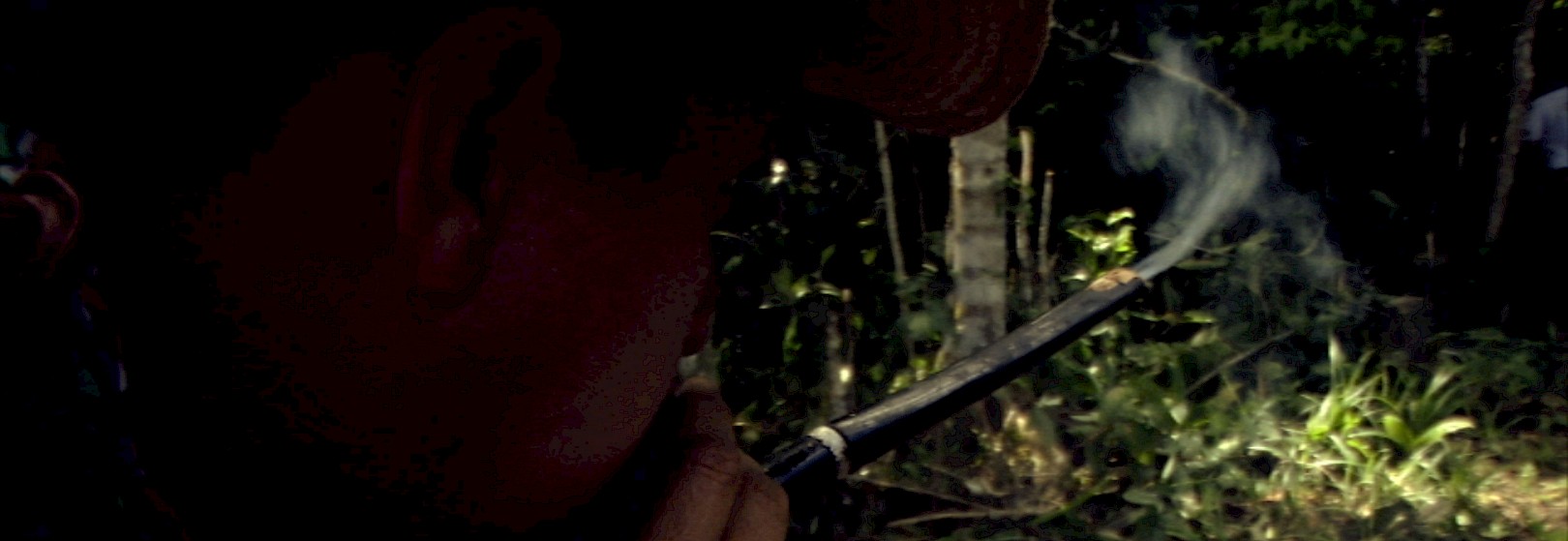
One of Kipupa’s main wishes is to take the juremeiros away from the masonry structures of the cities into the ‘Quilombo do Catucá’, which in past centuries was the historical land of Malunguinho. Malungo, meaning ‘friend, partner, comrade’ in the Kimbundu language, is the origin of ‘Malunguinho’, a title granted to great black heroes who fought for freedom in Pernambuco during the first half of the 19th century. And ‘Kings’, in the plural, means Malunguinho wasn’t just the one, but many, representing the collectiveness of this ancient fight and memory.
The Pernambuco state deity, a historical quilombola divinified and embodied leader, receives a great fruit offering during the ritual in gratitude for the blessings and cures brought to thousands of women and men. He is the one responsible for the spiritual flow between juremeiros and the Sacred, serving as the fundamental link in the Jurema cosmos, controlling the gates to the spiritual worlds: the Seven Cities of Jurema, represented by the seven-point star. He wears green beads as well as red and black ones that represent its Trunqueiro/Exu facet, with the bow and arrow and bodoques belonging to Indians, their chiefs, healers, and caboclos, plus the master harmonica belonging to Master Lords. Once ‘manifested’, he very much enjoys wearing his straw hat, a symbol of the peasant fight for agrarian reform.

“Malunguinho is a Kings, he’s caboclo,
he’s Trunqueiro/Exú.
He’s also a Master. He’s everything"
Alexandre L’Omi L’Odò
In the worship services where catimbó practitioners are in trance, and their bodies are possessed by the spirits of the dead, there are three main courses of work: the travels to Enchanted Worlds, the ‘manifestations’ of Masters, cablocos, trunqueiros, kings, and those enchanted by Jurema and other entities that don’t belong to their religious root, welcomed in their pantheon due to the contact between Indigenous and African peoples in the quilombos and in their fights for freedom, such as Pretos-velhos, Exu in Umbanda and Pombojiras.
The spirits of Indians, Chiefs, Healers, and Caboclos are Jurema’s main foundation. All other entities are their subordinates. They are enchanted entities related to deceased Indian warriors, who are always invoked in the beginning of the rituals. They are spiritual beings sent to the World of Enchanted Entities of the forest and rivers with knowledge about medicinal herbs, showers, and prayers.
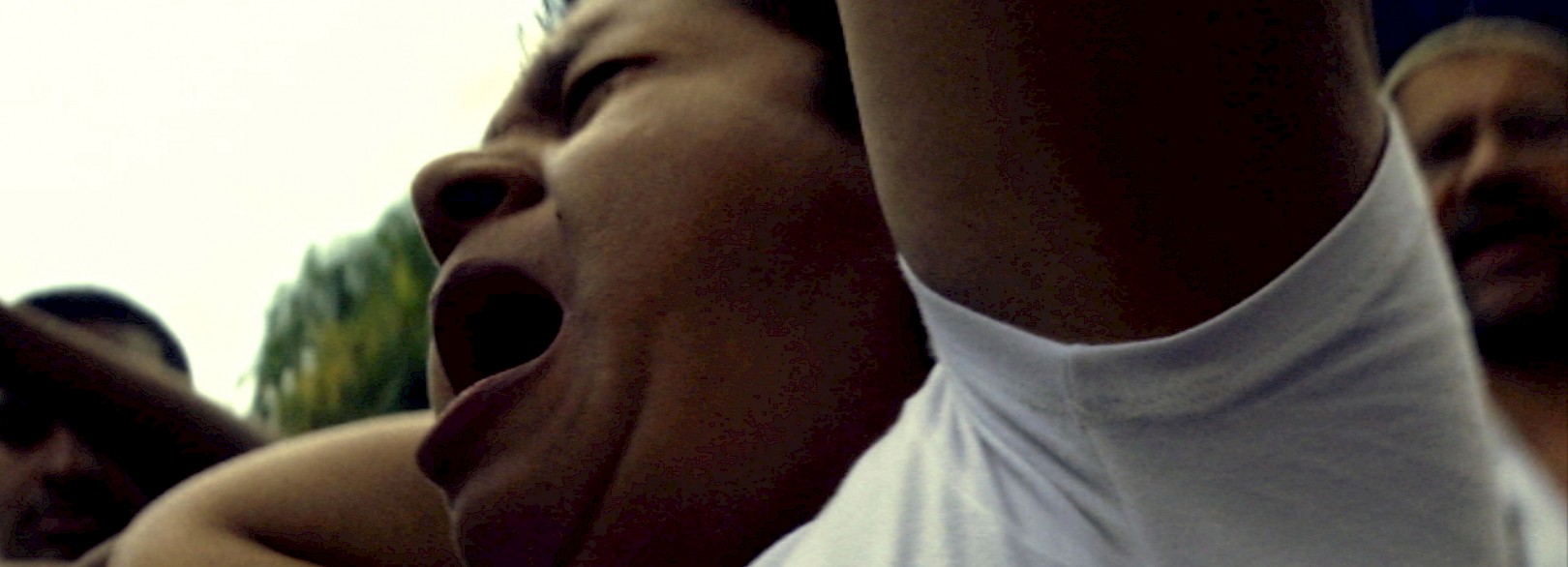
The Masters are leaders responsible for the embodiment of spirits that heal and advise the practitioners, the juremeiros: they were charitable healers in life who, upon dying, were transported to one of the seven mystical cities located in proximity to a Jurema tree. It is towards the tree that the ritual moves, and it’s in this location of the forest that Masters are incorporated.
“Go on, smoke, to wherever I say.
Smoke the pipe if you know how to do it”
Song at Jurema Sagrada ceremonies
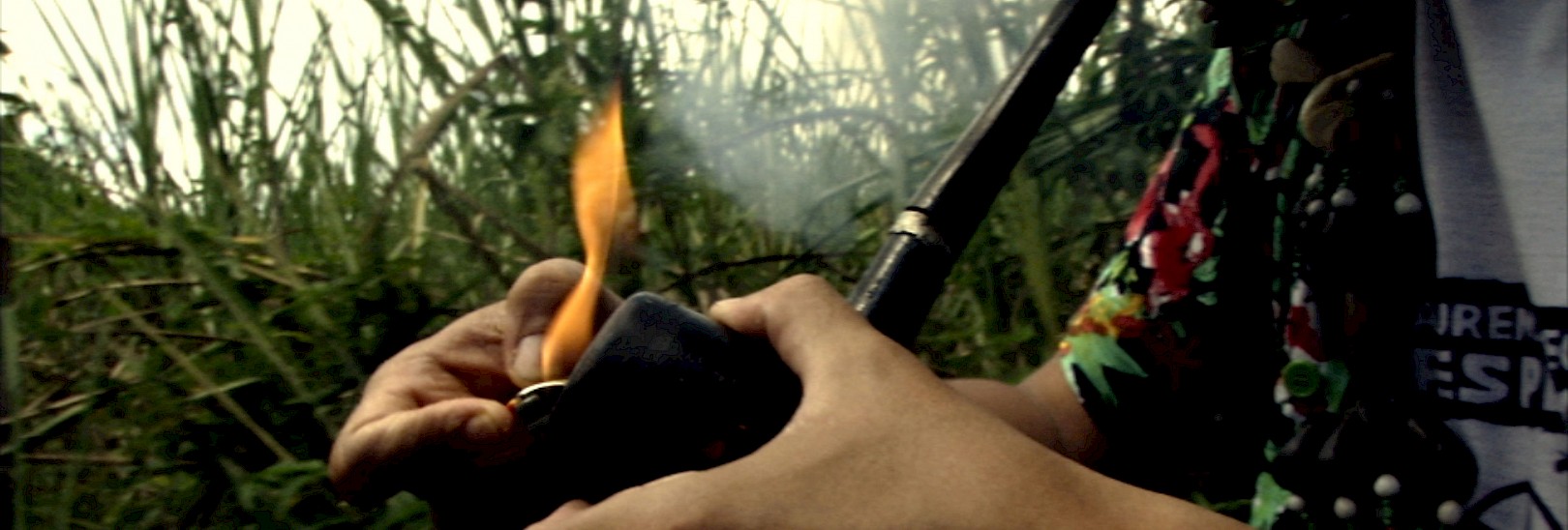
Another important character in every Kipupa and Jurema ritual is smoking herbal mixes made from tobacco and other herbs, each with a purpose. It is through the smoke that the juremeiro reaches their wishes: when they want something, the catimbozeiros grab their pipes, smoke in, and let the smoke out. It follows the direction of what needs to be solved.
Aside from the pipe, another juremeiro icon is the maraca. The Indigenous rattle made from gourd harmonizes with the Ilú (a traditional type of drum from Pernambuco state) and, together, they fill the celebrations with sounds over so many meetings.

Healers, juremeiros and catimbozeiros are after all priests and priestesses who have long been breaking frontiers: so many worlds have come closer together. The Science of Jurema started with the first peoples and has included those in the fringes of society who search of deliverance. Black enslaved African people found the villages where Jurema led them into the forest, towards the quilombos. Gypsies, homosexuals. People devoted to European witchcraft, to pajelança, to popular Catholicism, to modern esotericism, to psychedelic psicotherapy, to esoteric Catholicism. People who walk in order to find themselves.

“Juremeiros are soul doctors and Jurema
is the hospital of Brazil’s Northeast”
Alexandre L’Omi L’Odò
And to cure others, Catimbó uses the divine knowledge of the bark, leaves, and seeds from the sacred Sertão trees. Making cleanses, infusions, and ointments. It’s concrete and divine. It’s the invisible one can hold in their hands.
It’s so familiar that not even centuries of prejudice can erase it: it’s the scent of a grandmother’s tea in the backyard, it’s the noise animals make in the water that makes us smile. It’s when the soul puts its arms around the ground. When the smoke travels around the world to bring messages of goodness.
interview
Alexandre L'Omi L'Odò & Ricardo Nunes
18:04
interview
Alexandre L'Omi L'Odò
12:14
interview
Ricardo Nunes
05:18
